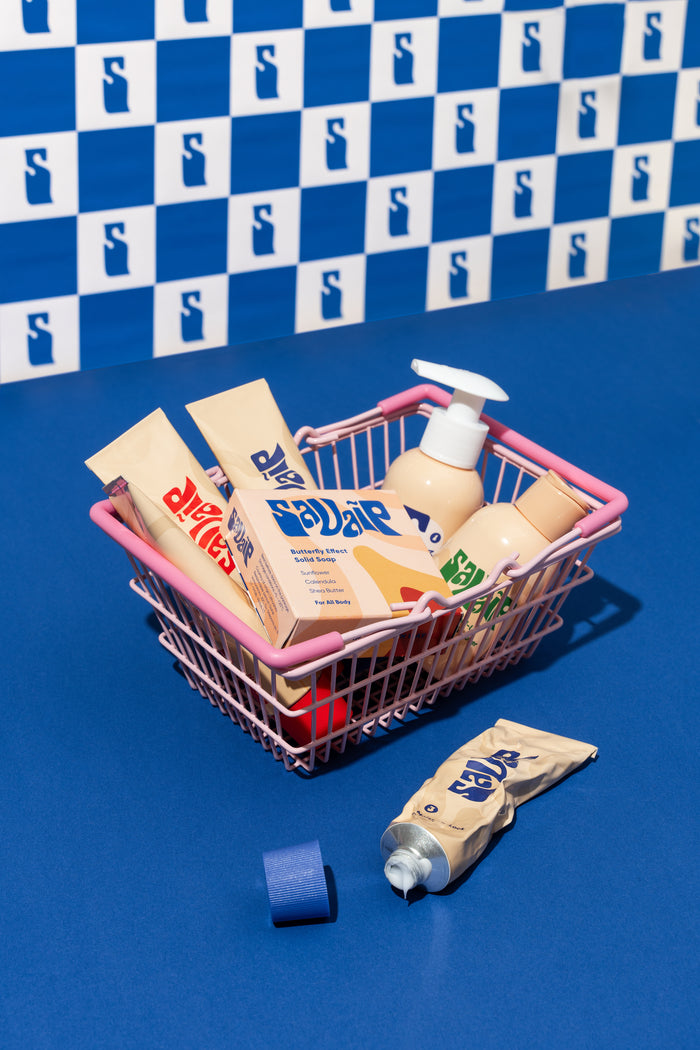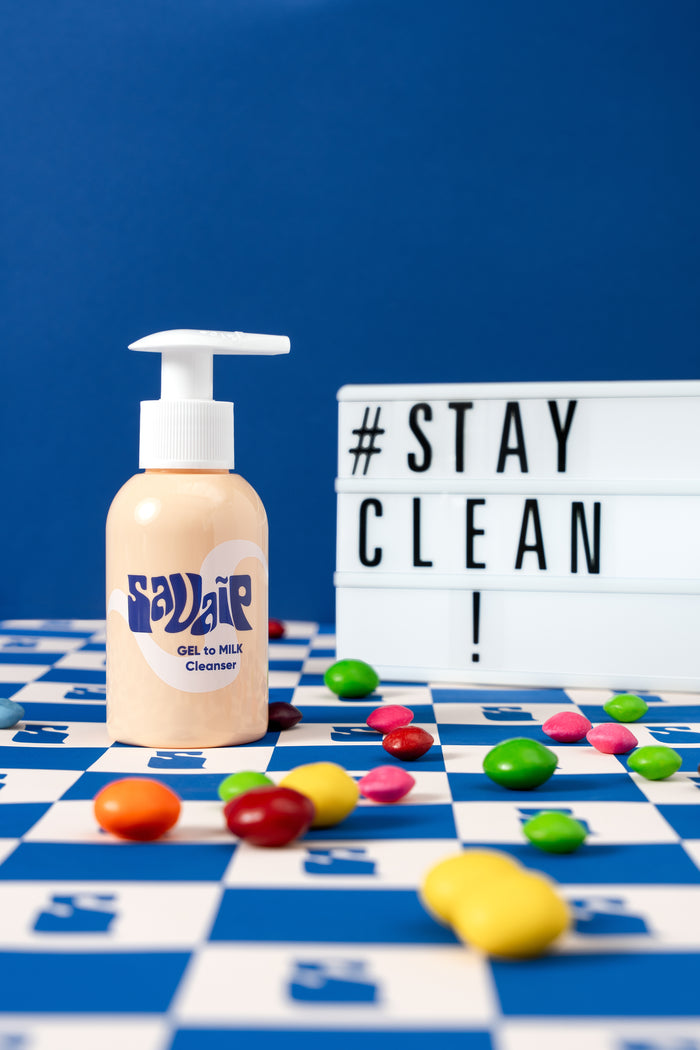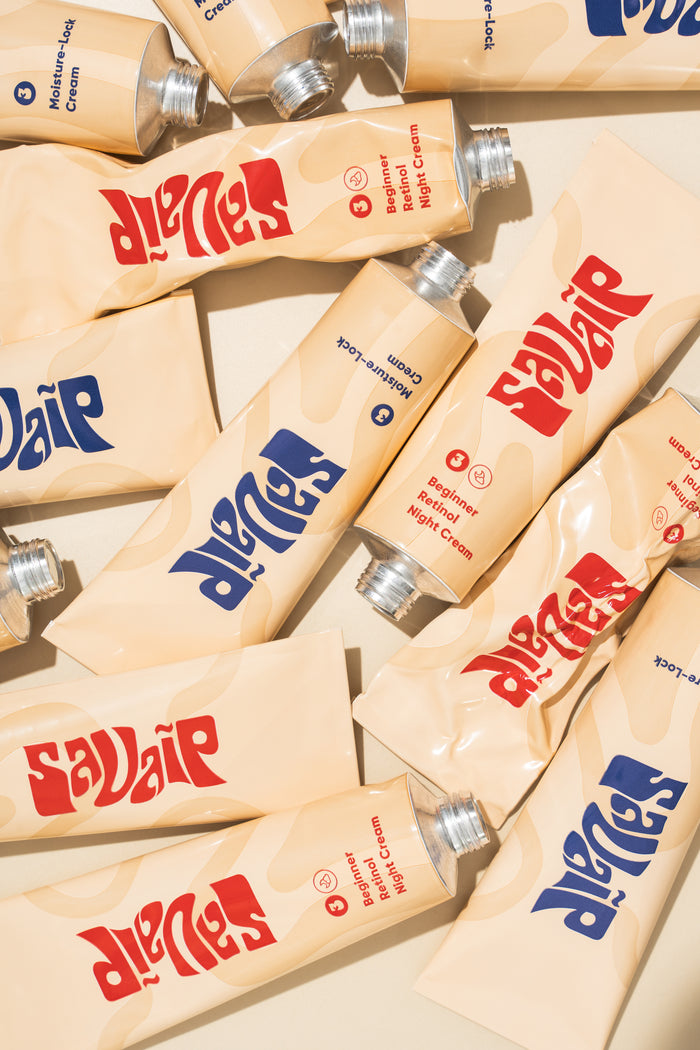Have you ever noticed your skin acting differently when the seasons change? One week it feels dry and tight, and the next, oily or breakout-prone? You’re not imagining it. In fact, our skin reacts to environmental shifts, and understanding these changes is the first step toward building an effective seasonal skincare routine.
Why you need a seasonal skincare strategy
1. Temperature and humidity shifts
Cold winter air and indoor heating can strip your skin of moisture, leaving it dry and flaky. On the flip side, hot summer weather can increase oil production, leading to shine and breakouts.
2. Sun exposure
For example, longer daylight in summer boosts UV exposure, which can cause sunburn, premature aging, and pigmentation. Winter’s lower sunlight may leave your skin feeling dull and in need of extra hydration.
3. Wind and environmental stressors
Furthermore, strong winds and pollution, especially in transitional seasons like spring and fall, can irritate sensitive skin, trigger redness, or worsen conditions like eczema.
Your guide to seasonal skincare adjustments
1. Adjust your hydration strategy
Winter: Switch to richer moisturizers to lock in hydration with a rich cream without feeling heavy. Moisture-Lock Cream
Summer: Instead, opt for lightweight gels or water-based creams for balanced skin. Water-Lock Gel Cream
2. Protect your skin from UV rays
Even in colder months, daily SPF protects against sun damage and premature aging. Therefore, look for a lightweight, broad-spectrum sunscreen to layer under your moisturizer.
3. Gentle cleansing is key
Avoid harsh cleansers that strip your skin, especially during dry seasons. A gentle, hydrating cleanser helps maintain your skin barrier. Gel-to-Milk Cleanser
4. Exfoliate thoughtfully
Regular exfoliation removes dead skin cells and promotes glow, but be careful not to overdo it, especially if your skin is sensitive during seasonal transitions. Consider masks that prep your skin for radiance. Prep-For-Glow Enzyme Mask
5. Listen to your skin
Ultimately, your skin may need different ingredients at different times of the year. Pay attention to signs of dryness, sensitivity, or oiliness and adjust your routine accordingly. Boost your skin’s glow with gentle hydration or toners when needed. Plump-Glow Milky Toner
Final thoughts on your seasonal skincare
Changing seasons don’t have to mean a skincare struggle. With small, mindful adjustments to your seasonal skincare, you can keep your skin hydrated, radiant, and happy no matter the weather. In conclusion, think of it as a seasonal ritual for self-care—your skin will thank you!










